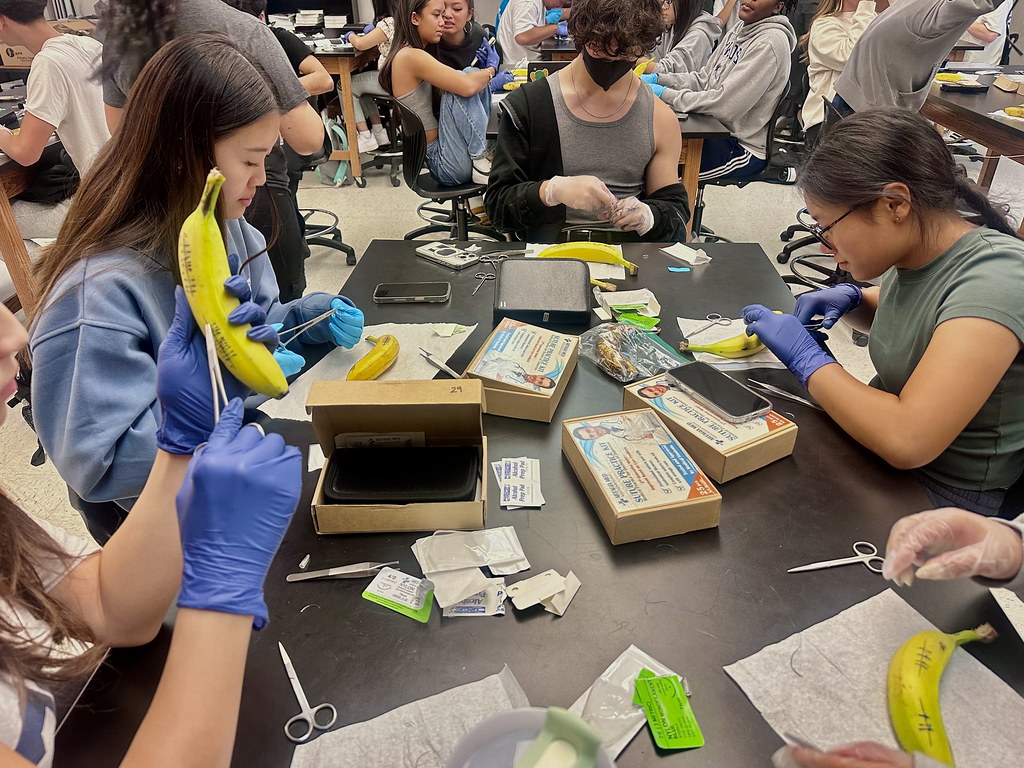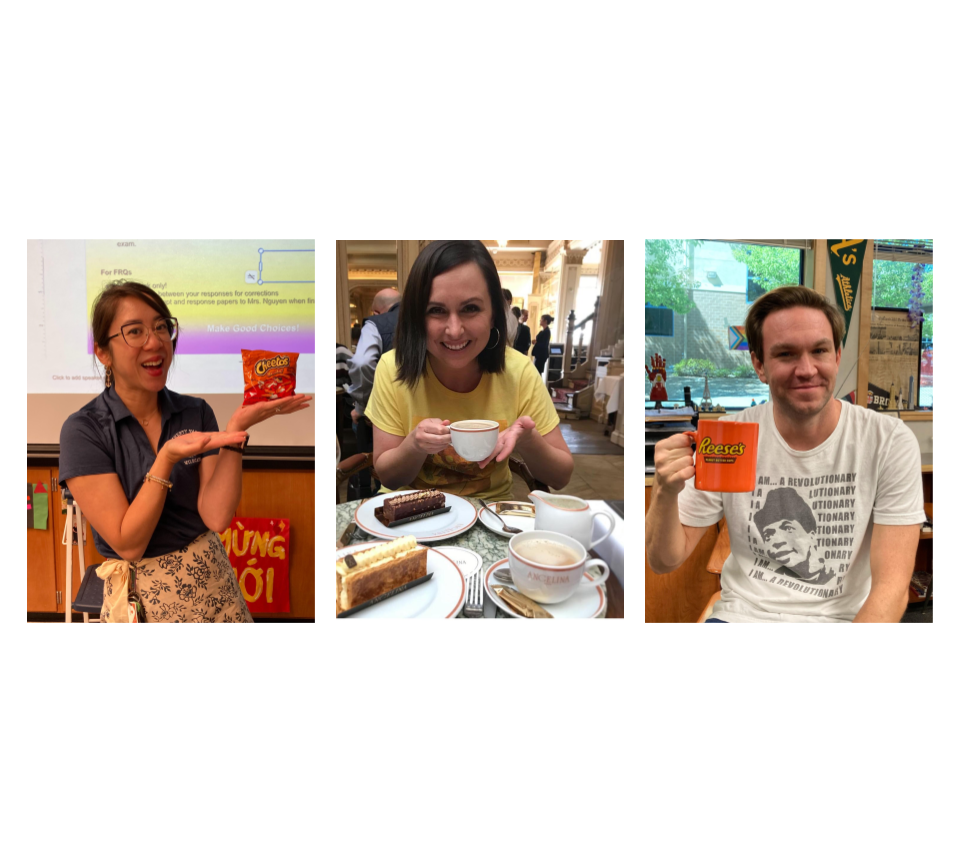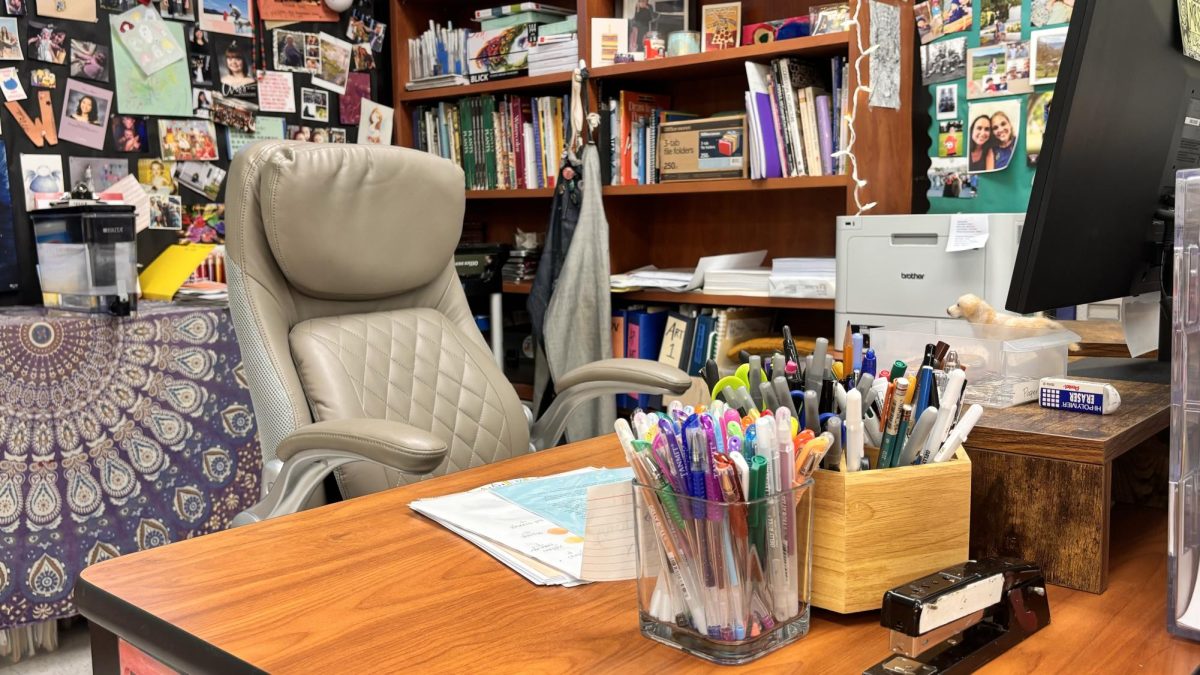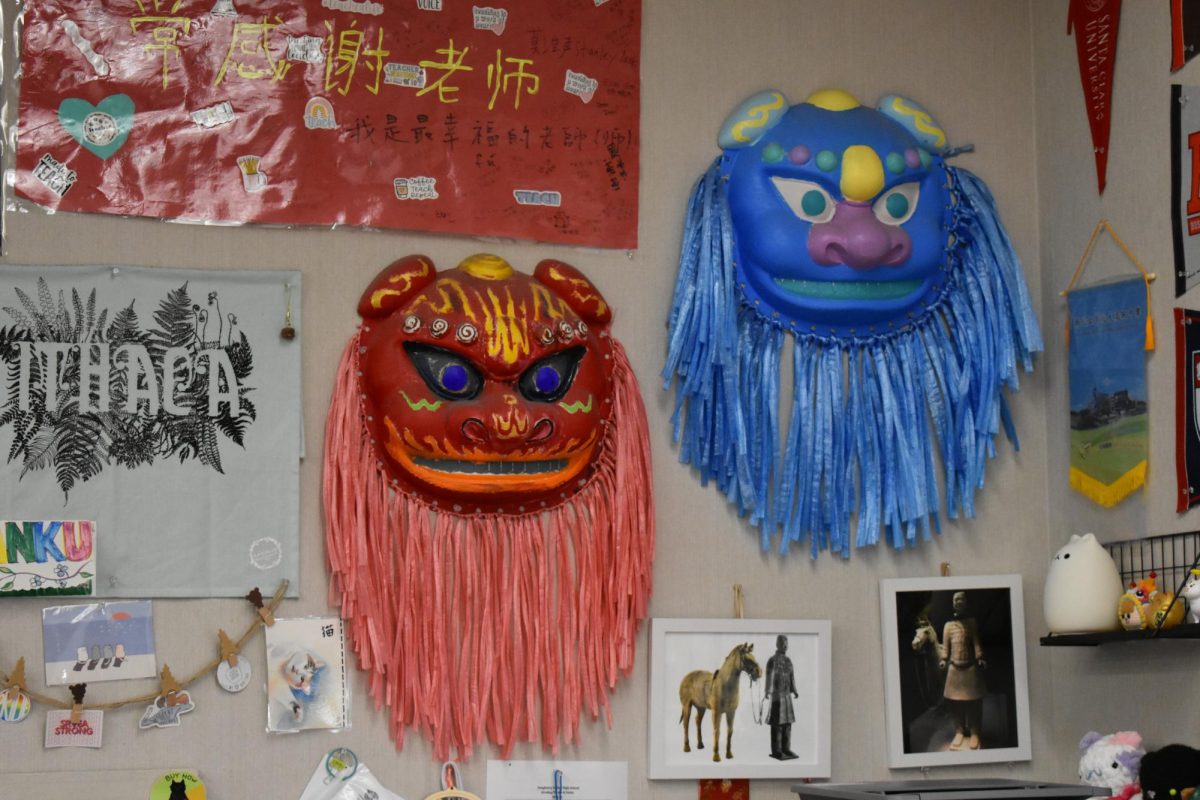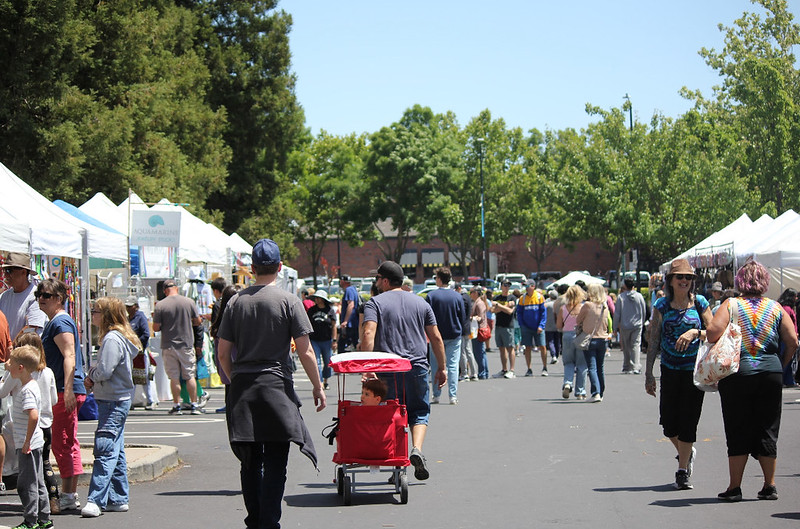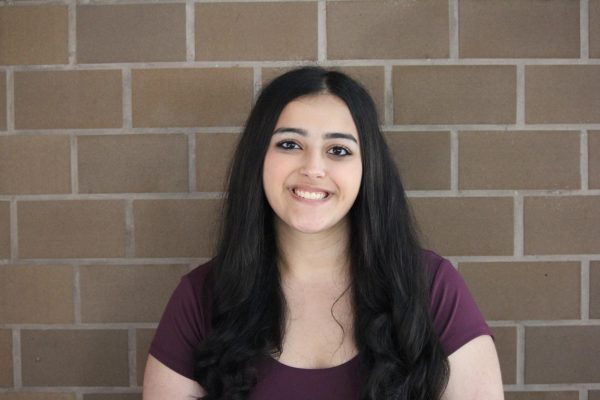With four full sections of the course and a club building student engagement, Sports Medicine has grown from a niche elective into an enhanced career path at DVHS. It’s hands-on, fast-paced and offers real-world applications that provide an opportunity for students to look beyond textbooks and potentially toward a future in the medical field.
“I knew I wanted to be an athletic trainer at a high school,” Linda Pon, the course’s teacher, said. “My first passion is athletic training… now I get to bring that into the classroom as I teach sports medicine.”
The Sports Medicine class covers topics from orthopedic injuries to CPR certification and even skin conditions. The class teaches students what to do when someone twists their ankle, collapses on the field or comes in with a deep wound. Through taking the class, students learn how to help someone get back on their feet, and are trained in how to react when it actually matters.
“We cover a lot of orthopedic injuries.We’ll usually cover concussion stuff, and we’ll also do a big CPR unit, so everyone gets to learn CPR and get certified in CPR,” Pon said.
However, students don’t just discuss these topics. In the after-school clinic, her trainees help student athletes by wrapping sprained wounds or fitting them for crutches, hours after learning the technique in class.
“My advanced students have to work a total of 30 hours a semester, but I only require three days of a two-hour shift for my beginning Sports Med, and that’s just so that they can be introduced to it. And so my students will work in the clinic and get the hands-on experience,” Pon said. “They can start doing wound cleansing and wrapping for abrasions, crutch fitting and more,” she added.
For students, the clinic is where it all comes together. It’s where they apply lessons from the classroom to hands-on care, and for a lot of students, it’s where they start to see themselves in the healthcare world.
“I was working in the school’s after-school clinic for hours. I worked in it a lot, and I really enjoyed what I did there,” senior Sandra Haridas, the president of the DVHS Sports Medicine Club, explained. “So I thought that I would make a good leader in helping other people find that same interest in the club or the field.”
Haridas is one of many students who have joined both the class and the club. The club is open to everyone, including those not taking the course in school hours, and it gives students a chance to go deeper in learning about medical devices, injury management and healthcare careers that might not be as broadly discussed in the San Ramon community.
“Most of the time, people just hear doctor, physical therapy, something like that, but they don’t hear all of the different careers behind medical pathways,” Haridas said.
The club isn’t just about providing information sessions. It’s also meant to be a welcoming space for underclassmen to understand what Sports Medicine is all about before taking the class.
“The club is for everybody who’s in high school, but the class is really only for 11th and 12th graders. So we kind of just tell them [underclassmen] what the class is about,” Haridas said.
This early exposure helps students get a feel for the subject and often sparks genuine interest. After attending meetings or seeing a demo, students can opt to seek further involvement, whether that’s through joining the club as a regular member or eventually enrolling in the course
“I’ve seen a lot more people start coming to the club, or a lot more people working in the clinic, and a lot of questions after our presentations. During the club meetings, people would come up to me with questions,” Haridas added. “Everybody really just wants to get the chance to get into Sports Med and do work in the clinic.”
This enthusiasm is apparent in class enrollment as well. According to Pon, more students are signing up each year. Sports Medicine has gone from an under-the-radar elective to an in-demand course during signups every year
“This is my 11th year here, and when I first started out, there were three sections,” she said. Since then, “it’s been a steady four sections for at least the past four, maybe five years. Last year, I actually had enough signups to have five sections,” she added.
Students come to Sports Med for a variety of reasons. For some, it’s a career move. For others, it’s personal, such as that they’ve had sports injuries or know someone who has. Some just want a class that feels useful and interactive, to break the monotony of traditional schoolwork.
“I get a bigger handful of students who are just athletes or who just want to know more about athletic injuries,” Pon said. “Even if they’re going to study business, it’s fun. They get to learn something they’ll take along with them.”
The COVID era, say students, helped bring more awareness to the value of patient care. For many, the pandemic turned healthcare into something personal.
“COVID really emphasized my interest. I realized how much more it [the medical field] is about patient care, instead of just the medicine and the biology behind it,” said Haridas.
And it’s not just about what happens during high school. Pon has watched her students carry these lessons far beyond DV into healthcare careers.
“I have a few students who I know are working their way [to becoming doctors], like taking the MCAT, applying for residency, you know, med schools, and stuff. But I know a bigger handful of kids who have gone on to nursing,” she said.
According to Pon, one student didn’t even take the class, but still ended up feeling inspired by it.
“She said it was just because she saw the way that I worked that inspired her,” Pon said.
In her view, learning doesn’t always have to be in the classroom, and students don’t even have to be destined for medical fields to bring something away from the class The experience isn’t just about committing to a specific career, but about learning real-life skills that are transferable and can be applied to any field.
“Even though we’re taking notes on Sports Meds things, I want them to learn how to take notes, how to study,” Pon explained. “Hopefully, they take those little skills on to whatever subject they end up learning.”

